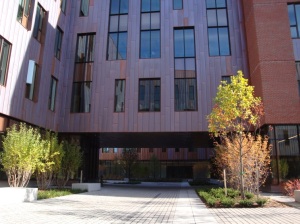If you take a glance at the extensive legacy of black American history, the intersections with conservation are undeniable. From urban and rural agriculturalists, environmental scientists, planetwalkers, and environmental justice activists, the legacy of black Environmentalists exists in our natural places, National Parks, and enacted policy. In celebration of Black History Month, and the often untold contributions made by black environmentalists, we will be highlighting four black Americans who have advanced and innovated the fields of conservation, environmentalism, and activism: Dr. John Francis, Majora Carter, Charles Young, and Margie Richard.
-

Charles Young, the first black US national park superintendent Charles Young
If you have ever had the opportunity to gaze upon the majestic Sequoia trees in California’s Sequoia National Park, you can thank Charles Young, the first Black colonel in the United States Army and fierce protector of the great Sequoias. It was under the careful instruction of Colonel Charles Young that the U.S. Army worked to preserve the Sequoias, and transformed the Sequoia forest from an impenetrable wilderness into the revered Sequoia National Park
Young’s journey towards this position was a difficult one, as he was born into slavery in Kentucky on March 12, 1864. It was through the legacy of his father, who had escaped slavery to join the Union Army during the Civil War, that Young attended West Point Military Academy.
Not only was Young the third black American to graduate from West Point, but he was the first black National Parks Superintendent, where environmental preservation was at the forefront of his life’s work. In this position, Young ensured the preservation of the great wilderness, and commanded a group of park rangers that became known as the “Buffalo Soldiers.” They kept the park free from poachers and ranchers whose grazing sheep destroyed the parks’ natural habitats. In 2013, Young was recognized as a true American hero, when President Barack Obama used the Antiquities Act to designate Young’s house as the 401st unit of the National Park System, the Charles Young Buffalo Soldiers National Monument.
-

Dr. John Francis, American environmentalist and planetwalker John Francis
The modern day interpretation of an activist goes something like this: a young, jarring individual with an unapologetically loud voice, raised fist, and picket sign. And while this image was birthed from the largest and most successful social movements of the past century, an alternative form of activism has also emerged, in which silence can become the loudest and most compelling voice in the room. A conservationist, educator, and best-selling author, Dr. John Francis, also known as the ‘Planetwalker’ is best known for his impressive 22-year motorized transportation boycott, and his 17-year vow of silence.
Inspired by the horrific 1971 San Francisco Bay oil spill, Dr. Francis’s legacy led to years on foot, during which he traveled across the United States and Latin America, receiving a Ph.D. in Land Management from the University of Wisconsin-Madison along the way. In his decades-long journey, Dr. Francis observed the mutual disconnect between people and the environment, and urged people to reposition themselves as intricate pieces in the overall concept of the environment.
After breaking his silence during the first Earth Day in 1990, Dr. Francis has gone on to an extensive career in conservation, as both an educator and environmental policy maker. To date, he has garnered dozens of environmental accolades: being named the National Geographic Society’s first Education Fellow in 2010, an ambassador to the United Nations Environment Program’s Goodwill Ambassador to the World’s Grassroots Communities, and an acclaimed bestselling author.
- Majora Carter

Majora Carter, American urban revitalization strategist and public radio host
If you’ve ever watched an online TED talk, there is a high probability that you have come across Majora Carter’s inspiring lecture entitled ‘Greening the Ghetto.’ With several million views and counting, Carter’s compelling TED talk outlines her journey fighting for environmental justice in the South Bronx, in which she draws key connections between economic, ecological, and social degradation.
As an activist in the 1990s, Carter brought the South Bronx its first open-waterfront park in 60 years, and founded ‘Sustainable South Bronx,’ an organization to mobilize grassroots environmental activism among New York City’s poorest and most environmentally oppressed citizens. In the present day, Carter works to help people in low-income communities realize that they don’t have to move out of their neighborhoods in order to live in a healthier environment.
While most acclaimed as an urban revitalization strategy consultant, Carter is also a real estate developer and a Peabody Award-winning broadcaster, whose innovative views on urban renewal have altered the understanding of comprehensive urban policy to include goals for environmental protection and restoration. Carter was also awarded a “Genius Grant” by the John D. and Katherine T. McArthur Foundation. Her company, the Majora Carter Group, is putting green economic tools to use, unlocking the potential of every place, from inner cities to rural communities, university campuses, government projects and industrial parks.
- Margie Richard

Margie Eugene-Richard, 2004 Goldman Environmental Prize Winner, North America (United States), holding Ouroboros statuette.
In Southern Louisiana sits an area known as Old Diamond, a small neighborhood in Norco where residents are sandwiched between a Shell Chemical plant and an oil refinery owned by a Shell joint venture. For decades, the residents of this predominantly black neighborhood suffered under the constant fear of an industrial accident, and faced unusually high rates of cancer, birth defects, and respiratory diseases. These environmental threats were a result of decades-long and, in some cases, ongoing environmental contamination stemming from the industrial operations that surrounded the residential neighborhood.
After years of being subjected to these environmental risks, and following the death of her sister from a rare bacterial infection, in the early-1990s, resident Margie Richard founded the Concerned Citizens of Norco, an environmental justice citizens’ group that fought for fair resettlement of Old Diamond residents in order to escape the daily threat of health and environmental hazards. After an intense community-based air quality research study, and 13 years of Ms. Richard’s tireless leadership, the CCN finally reached an agreement with Shell that paid for the relocation of Old Diamond residents to new homes, in neighborhoods with clean air, water and soil.
Margie Richards is a true pioneer of the environmental justice movement. Her work led her to become the first black American to win the Goldman Environmental Award in 2004.
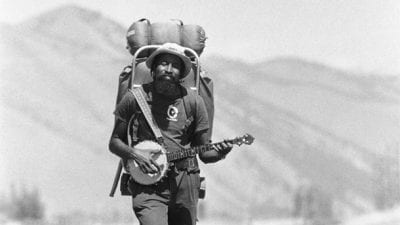

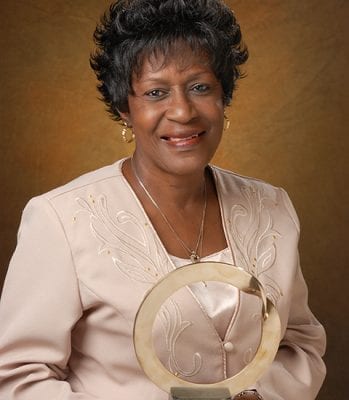




 This Spring Break, I had the privilege of participating in EcoHouse’s fourth annual service trip to Milam Creek and Glen Rogers in Wyoming County, West Virginia. Initiated by former EcoHouse program coordinator Brigid Belko, this Alternative Break assists the Friends of Milam Creek on various service projects. This organization is composed of local volunteer residents who seek to revitalize their community. In their own words: “Aspiring to restore Milam Creek and its adjacent neighborhoods to its former glory with clean, lush waters and creek beds, Friends of Milam Creek is uniting the community through collaborative action toward a healthier environment and better tomorrow.”
This Spring Break, I had the privilege of participating in EcoHouse’s fourth annual service trip to Milam Creek and Glen Rogers in Wyoming County, West Virginia. Initiated by former EcoHouse program coordinator Brigid Belko, this Alternative Break assists the Friends of Milam Creek on various service projects. This organization is composed of local volunteer residents who seek to revitalize their community. In their own words: “Aspiring to restore Milam Creek and its adjacent neighborhoods to its former glory with clean, lush waters and creek beds, Friends of Milam Creek is uniting the community through collaborative action toward a healthier environment and better tomorrow.” Dvon Duncan, Friends of Milam Creek’s Secretary, and Donna Burner, Chair, welcomed us all warmly and gave an introduction to the town and its situation. The Milam, McGraws, Ravencliff, and Glen Rogers region of the county is one of many small, relatively isolated communities in southern West Virginia that has been severely impacted by the coal industry over the last century. For decades, the timber, gas, and coal industries have held a virtual monopoly on the region. At one time mining companies forced workers to buy all provisions from company stores, preventing the growth of local businesses. Most men in the area have worked in the mines at some point in their lives, since there are few other jobs available to them. In addition to very poor working conditions, the mines have polluted the surrounding watersheds with heavy metals and coal residue. As a result of landscape modification, the narrow creek and river valleys where most towns lie have been prone to massive and deadly floods.
Dvon Duncan, Friends of Milam Creek’s Secretary, and Donna Burner, Chair, welcomed us all warmly and gave an introduction to the town and its situation. The Milam, McGraws, Ravencliff, and Glen Rogers region of the county is one of many small, relatively isolated communities in southern West Virginia that has been severely impacted by the coal industry over the last century. For decades, the timber, gas, and coal industries have held a virtual monopoly on the region. At one time mining companies forced workers to buy all provisions from company stores, preventing the growth of local businesses. Most men in the area have worked in the mines at some point in their lives, since there are few other jobs available to them. In addition to very poor working conditions, the mines have polluted the surrounding watersheds with heavy metals and coal residue. As a result of landscape modification, the narrow creek and river valleys where most towns lie have been prone to massive and deadly floods.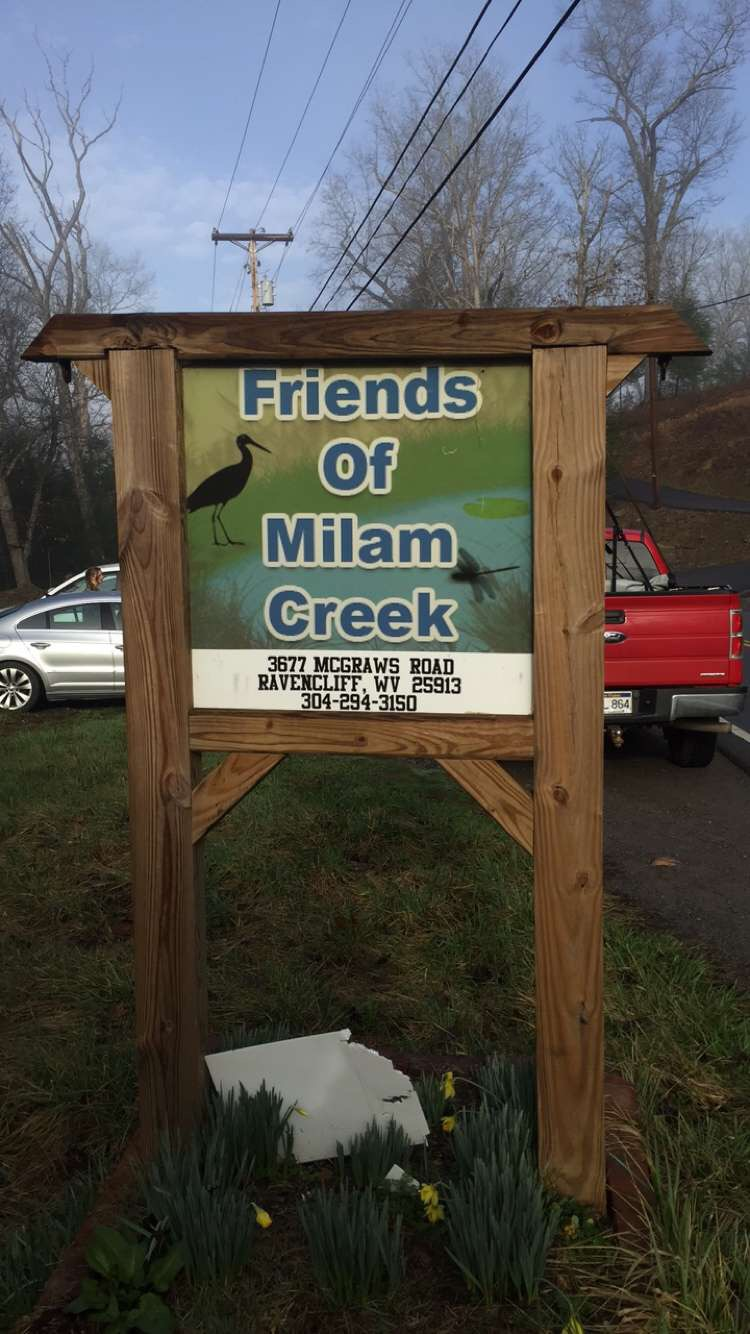 Throughout the week, we worked on several projects around the community. The main location was the Milam Creek House, where the Friends are based. Here, we helped to remove rotten wood from the basement and paint the building. Down the road, we helped to renovate the recently donated community center. This involved setting up electrical wiring and lighting throughout the building, as well as demolishing the old restrooms. Meanwhile, several people cleared invasive plants from the nearby creek bank to make room for a fishing deck. The final major project was the construction of a memorial to the more than 160 miners who died in Glen Rogers mines between 1917 and 1960. We installed a new fence and pathway on site to make way for the stone obelisk that will honor the dead.
Throughout the week, we worked on several projects around the community. The main location was the Milam Creek House, where the Friends are based. Here, we helped to remove rotten wood from the basement and paint the building. Down the road, we helped to renovate the recently donated community center. This involved setting up electrical wiring and lighting throughout the building, as well as demolishing the old restrooms. Meanwhile, several people cleared invasive plants from the nearby creek bank to make room for a fishing deck. The final major project was the construction of a memorial to the more than 160 miners who died in Glen Rogers mines between 1917 and 1960. We installed a new fence and pathway on site to make way for the stone obelisk that will honor the dead.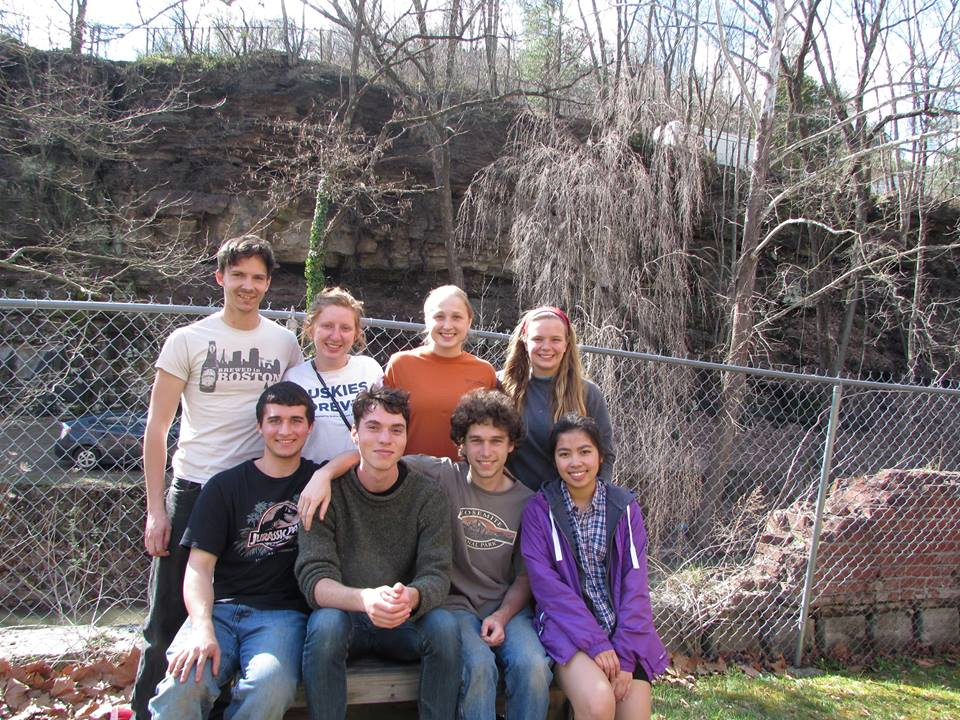
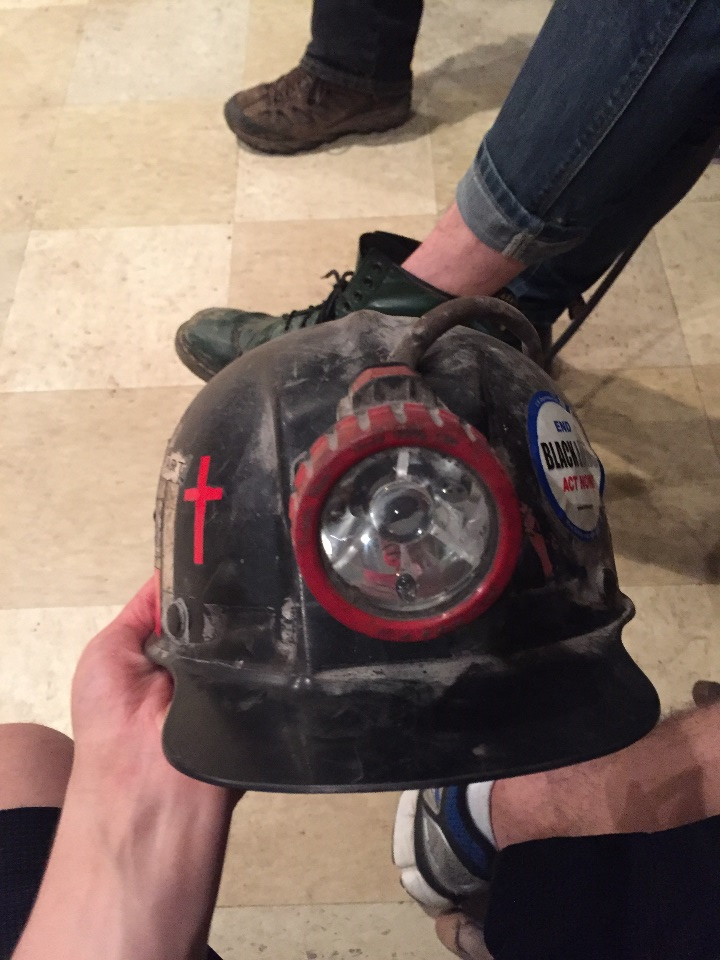

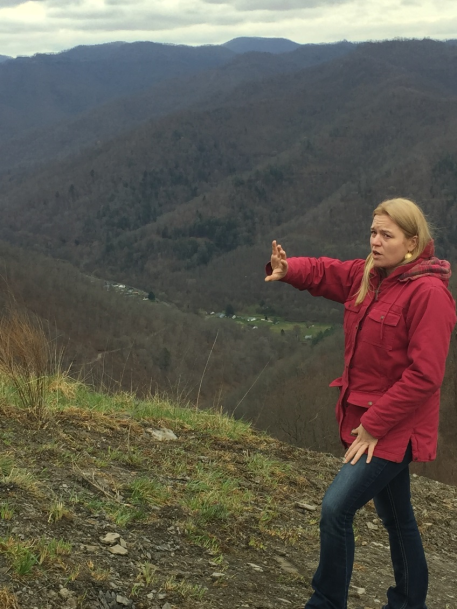


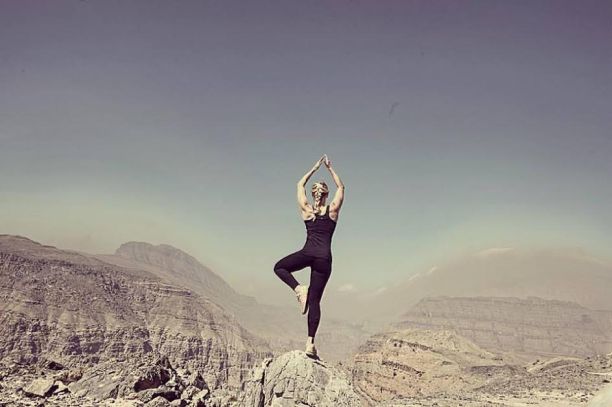 There are two forms of tourism: Tourism (Tourist) and Responsible Tourism (Traveler). The ‘Tourist’ will travel to locations that are relatively safe and within their comfort zone. They’ll expect to stay in a 3-5 star hotels owned by large corporations, embark on tours offered by the hotel, and will typically not veer off the beaten path to unknown locations. They’re knowledge of the local people of that country and their way of life is very limited, and they’re not interested in learning more about it first-hand. They are waited on by local people but that’s about as far as their study of that culture within that country will go. The hotels they stay in don’t necessarily have any sustainability or energy efficiency practices, instead they offer tours such as riding with the dolphins and learning about culture by having a woman come into the resorts event area for a belly dancing show, for example. The ‘Traveler’, on the other hand, will be more open to experience off-the-beaten-path locations and unique experiences that test their limits. They’ll be more supportive of the economies of local cultures (staying in locally owned hotels), spending time learning about the local people and communities, adding to the regeneration of the environment that surrounds them, and trust in their hosts.
There are two forms of tourism: Tourism (Tourist) and Responsible Tourism (Traveler). The ‘Tourist’ will travel to locations that are relatively safe and within their comfort zone. They’ll expect to stay in a 3-5 star hotels owned by large corporations, embark on tours offered by the hotel, and will typically not veer off the beaten path to unknown locations. They’re knowledge of the local people of that country and their way of life is very limited, and they’re not interested in learning more about it first-hand. They are waited on by local people but that’s about as far as their study of that culture within that country will go. The hotels they stay in don’t necessarily have any sustainability or energy efficiency practices, instead they offer tours such as riding with the dolphins and learning about culture by having a woman come into the resorts event area for a belly dancing show, for example. The ‘Traveler’, on the other hand, will be more open to experience off-the-beaten-path locations and unique experiences that test their limits. They’ll be more supportive of the economies of local cultures (staying in locally owned hotels), spending time learning about the local people and communities, adding to the regeneration of the environment that surrounds them, and trust in their hosts. During my travels in St. Lucia, I performed a case study. The island is comprised of at least several “1-800 Sandals” resorts. I wanted just to speak with the people who worked there to get a sense of their clientele and overall sense of happiness. The employees came up to me with a massive smile on their face, willing to answer any questions that I had, offering their input on activities, and the like. I sat down with one of them, Ron, and talked with him for a bit. I’m assuming he told me to call him Ron because it’s easier to pronounce to foreigners. I said, “Hey Ron, I’m not here to vacation, I’m here to learn more about 1-800 Sandal’s sustainability impact and its cultural influence. How do you like working here?”. He took me aside and said, “I can barely keep afloat, I work long hours, I’m overworked and don’t make enough to provide for my family. But it’s a job.” I asked, “Do the guests want to learn about your culture, where you’re from in St. Lucia?”, Ron responded, “No, they’re here for a vacation! They don’t want to learn about that type of stuff while they vacation here”, he said with a chuckle. I paid $70 for a dinner which granted me access to walk inside the premise. There were couples, mainly from Western areas of the world, and many from the US. I observed as they enjoyed their vacation, never leaving the resorts premises. They drank their Mojitos and Piña Coladas and enjoyed their Honeymoons, never once engaging in conversation with the people who worked for them. If they did, it was to show whoever it was they were Facetiming with, the idea that they were mingling with the local people when in reality, they weren’t. Meanwhile, the employees worked diligently to ensure a perfect vacation for their guests. They had the typical, “Save water, use less” signs located in the bathrooms, but in regards to their sustainability protocol, that was about it. In a place that receives an average of 9 hours of sunlight a day, they had no solar panels. They had no tours where guests had the opportunity to learn about the local culture. They had no reverse osmosis system or wildlife/ecology conservation program, which could easily be implemented given the vast capital that this resort chain endows. I went back to my locally owned lodge near the airport to digress. If these resorts focused on their sustainability message, the people who vacationed there would not only experience a luxurious vacation, but they’d walk away having contributed to the greater good of the environment and local culture. A feel good, do good vacation. There needs to be a major shift in the way we travel, and regenerative tourism has to be it.
During my travels in St. Lucia, I performed a case study. The island is comprised of at least several “1-800 Sandals” resorts. I wanted just to speak with the people who worked there to get a sense of their clientele and overall sense of happiness. The employees came up to me with a massive smile on their face, willing to answer any questions that I had, offering their input on activities, and the like. I sat down with one of them, Ron, and talked with him for a bit. I’m assuming he told me to call him Ron because it’s easier to pronounce to foreigners. I said, “Hey Ron, I’m not here to vacation, I’m here to learn more about 1-800 Sandal’s sustainability impact and its cultural influence. How do you like working here?”. He took me aside and said, “I can barely keep afloat, I work long hours, I’m overworked and don’t make enough to provide for my family. But it’s a job.” I asked, “Do the guests want to learn about your culture, where you’re from in St. Lucia?”, Ron responded, “No, they’re here for a vacation! They don’t want to learn about that type of stuff while they vacation here”, he said with a chuckle. I paid $70 for a dinner which granted me access to walk inside the premise. There were couples, mainly from Western areas of the world, and many from the US. I observed as they enjoyed their vacation, never leaving the resorts premises. They drank their Mojitos and Piña Coladas and enjoyed their Honeymoons, never once engaging in conversation with the people who worked for them. If they did, it was to show whoever it was they were Facetiming with, the idea that they were mingling with the local people when in reality, they weren’t. Meanwhile, the employees worked diligently to ensure a perfect vacation for their guests. They had the typical, “Save water, use less” signs located in the bathrooms, but in regards to their sustainability protocol, that was about it. In a place that receives an average of 9 hours of sunlight a day, they had no solar panels. They had no tours where guests had the opportunity to learn about the local culture. They had no reverse osmosis system or wildlife/ecology conservation program, which could easily be implemented given the vast capital that this resort chain endows. I went back to my locally owned lodge near the airport to digress. If these resorts focused on their sustainability message, the people who vacationed there would not only experience a luxurious vacation, but they’d walk away having contributed to the greater good of the environment and local culture. A feel good, do good vacation. There needs to be a major shift in the way we travel, and regenerative tourism has to be it. Two continents away was another resort I’d visited. Located at the tip of the Oman peninsula, nestled on the northern Musandam Peninsula and facing the Arabian sea, is the 5 star, Six Senses Zighy Bay Resort. The guests who visit this particular resort must be willing to venture way out into the Middle East. They have to be open to traveling two hours from the Dubai Airport by car, through the desert of UAE and Oman to get to this very secluded resort deep within the mountainous rifts. I took a seat next to Manuel, the Organic Garden intern at Six Senses. He traveled there from Germany. “How much of the garden is factually organic? In my experience, it’s challenging to harvest an organic garden over 80% to serve a hotel.”, I asked. Manuel said, “It’s a 95-98% organic garden that supplies much of the produce for the resort”. There is a compost system, a reverse osmosis irrigation system and the resort has plans to install solar panels in the near future. In every room, the guests can purchase a cute little Zighy goat stuffed animal where 100% of the proceeds go to the local schools. They also have cultural tours to the mountains and communities, where guests have the opportunity to visit the families who live in the surrounding areas. I took a ride with one of the guides and had the opportunity to meet Mohammed, a man from Pakistan who lived high up in the mountains. “I chose to live here for peace and serenity.”, Mohammed said. Every day, he climbs 100 stairs just to get to the top, where his rustic house is.
Two continents away was another resort I’d visited. Located at the tip of the Oman peninsula, nestled on the northern Musandam Peninsula and facing the Arabian sea, is the 5 star, Six Senses Zighy Bay Resort. The guests who visit this particular resort must be willing to venture way out into the Middle East. They have to be open to traveling two hours from the Dubai Airport by car, through the desert of UAE and Oman to get to this very secluded resort deep within the mountainous rifts. I took a seat next to Manuel, the Organic Garden intern at Six Senses. He traveled there from Germany. “How much of the garden is factually organic? In my experience, it’s challenging to harvest an organic garden over 80% to serve a hotel.”, I asked. Manuel said, “It’s a 95-98% organic garden that supplies much of the produce for the resort”. There is a compost system, a reverse osmosis irrigation system and the resort has plans to install solar panels in the near future. In every room, the guests can purchase a cute little Zighy goat stuffed animal where 100% of the proceeds go to the local schools. They also have cultural tours to the mountains and communities, where guests have the opportunity to visit the families who live in the surrounding areas. I took a ride with one of the guides and had the opportunity to meet Mohammed, a man from Pakistan who lived high up in the mountains. “I chose to live here for peace and serenity.”, Mohammed said. Every day, he climbs 100 stairs just to get to the top, where his rustic house is. The primary focus of Expedition 196 is to generate awareness within the tourism sector. To deter travelers from the traditional experience, and focus more on the development of regenerative hotels and tour companies, in order to reverse damage to the environment and save endangered species and cultures who are suffering. Traveling “Sustainably” doesn’t have to mean the letting go of things that provide comfort to the average traveler. That’s what rustic travel is for; to give up certain elements that make a person comfortable, in order to experience a truly authentic, and surreal experience, with traditional essences of normality, left behind. Sustainability and moreover, regenerative tourism provides an opportunity for the traveler to reduce their carbon footprint, while making friends with the local people. Sure, they might have to give up their Herbal Essences shampoo in order to use the biodegradable shampoo and soaps provided by the hotel (if they do so choose), but it’s a do-good-feel-good experience that should add to the overall authenticity of their vacation. Sustainable/Regenerative resorts, lodges and hotels can range from $10/night to $10,000/night. This form of travel appeals to all types of travelers and that’s the best thing about it. There’s really no excuse to not travel in this way.
The primary focus of Expedition 196 is to generate awareness within the tourism sector. To deter travelers from the traditional experience, and focus more on the development of regenerative hotels and tour companies, in order to reverse damage to the environment and save endangered species and cultures who are suffering. Traveling “Sustainably” doesn’t have to mean the letting go of things that provide comfort to the average traveler. That’s what rustic travel is for; to give up certain elements that make a person comfortable, in order to experience a truly authentic, and surreal experience, with traditional essences of normality, left behind. Sustainability and moreover, regenerative tourism provides an opportunity for the traveler to reduce their carbon footprint, while making friends with the local people. Sure, they might have to give up their Herbal Essences shampoo in order to use the biodegradable shampoo and soaps provided by the hotel (if they do so choose), but it’s a do-good-feel-good experience that should add to the overall authenticity of their vacation. Sustainable/Regenerative resorts, lodges and hotels can range from $10/night to $10,000/night. This form of travel appeals to all types of travelers and that’s the best thing about it. There’s really no excuse to not travel in this way.

